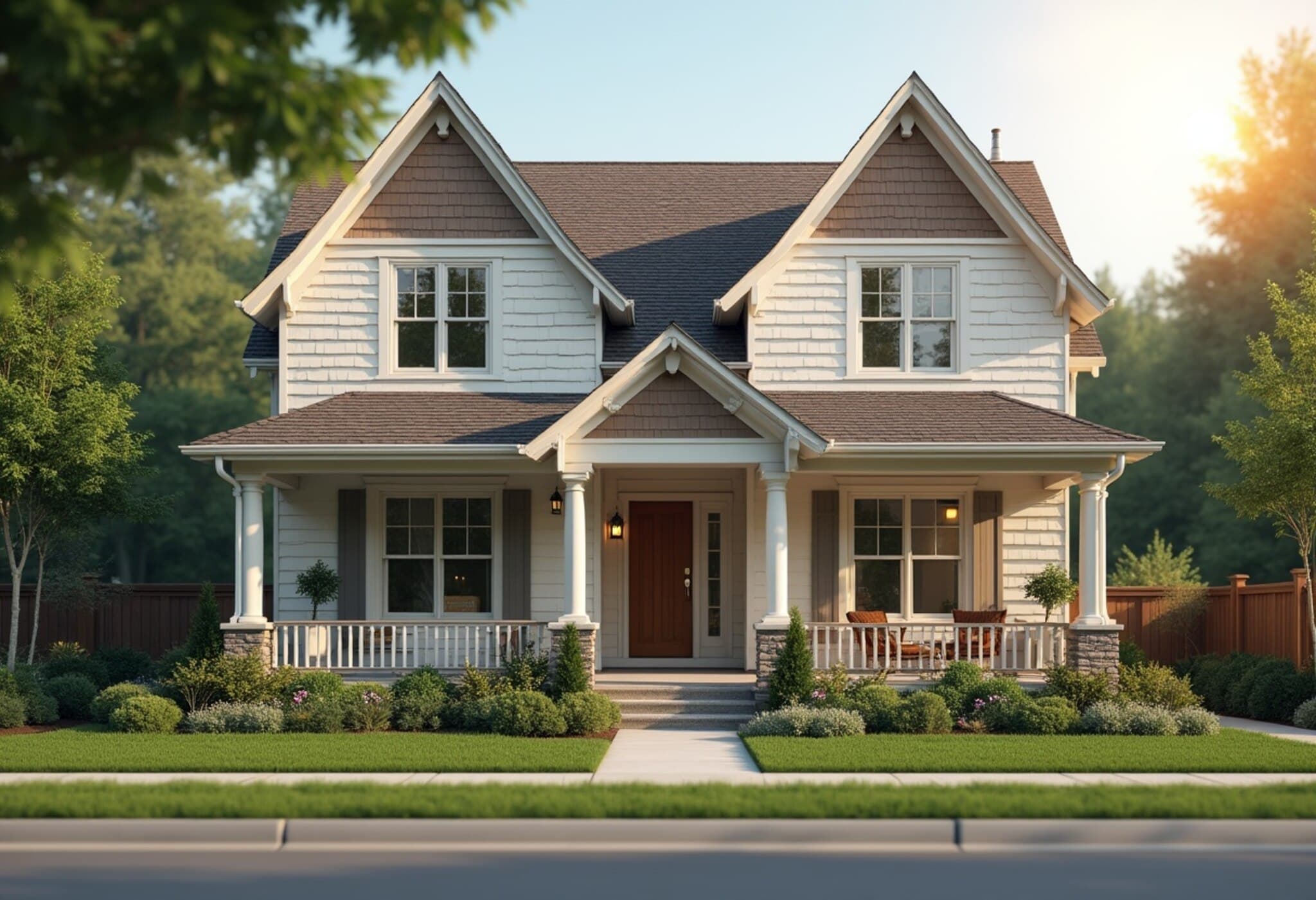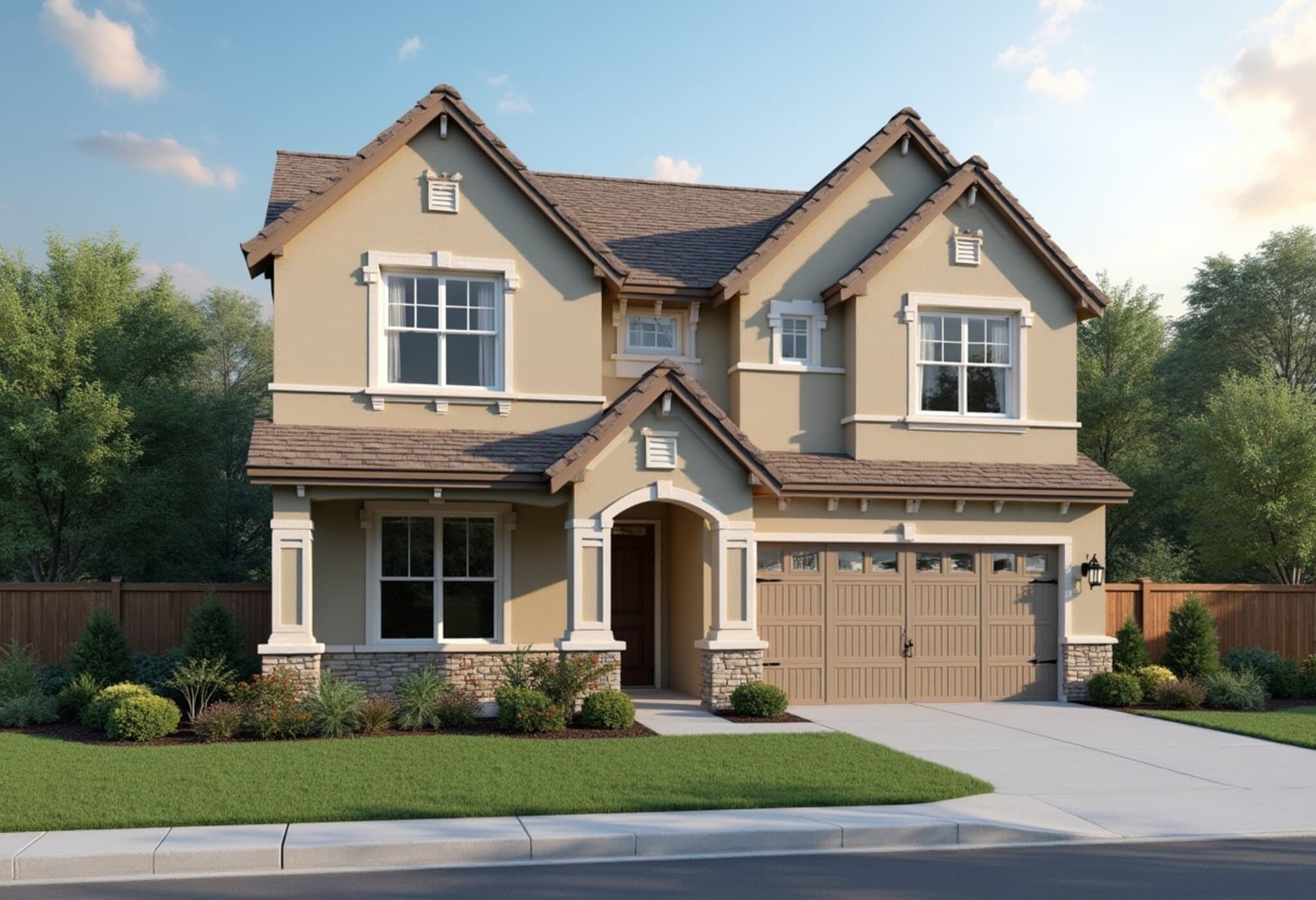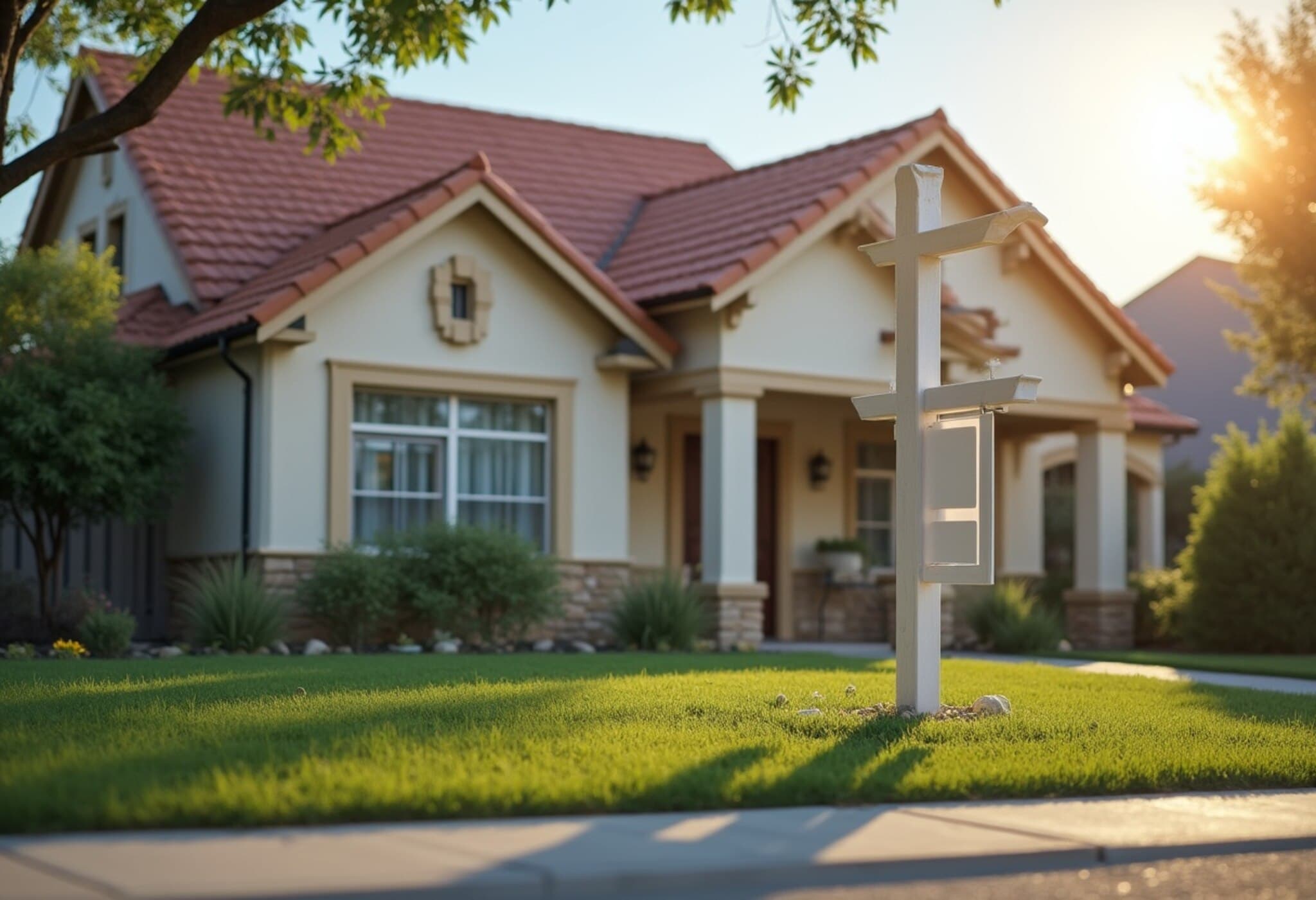Modest Uptick in May Home Sales Defies Expectations
In May, sales of previously owned homes in the U.S. rose just 0.8% from April, hitting a seasonally adjusted annual rate of 4.03 million units. This slight increase surprised experts, who had anticipated a 1% decline. When compared to May last year, sales remained down by 0.7%.
Regional Variations Highlight Housing Market Divergence
Breaking down sales by region reveals varying trends. The Northeast experienced the strongest growth, with sales climbing 4.2% month-over-month. The Midwest and South also saw increases, while sales in the West fell by 5.4%. The West remains the priciest market nationally.
Surge in Inventory Adds Some Relief
One factor behind the slight sales improvement is a notable rise in the housing supply. By the end of May, the number of homes available for sale stood at 1.54 million, marking an increase of more than 20% compared to the previous year. This translates to a 4.6-month supply at the current sales pace—still lean by historical standards but easing some pressure.
Prices Hit New Heights Amid Stiff Competition
Despite the uptick in available homes, prices continue to climb. The median price for an existing home sold in May reached a record-breaking $422,800, up 1.3% year-over-year. This persistent price growth stems from demand still outpacing supply in many regions.
Interestingly, 28% of homes sold above the asking price in May, up from 18% the previous month, though this figure is slightly below the 30% seen a year ago.
High-End Market Shows Signs of Cooling
Sales have traditionally been stronger in the luxury sector, where inventory is more abundant. However, May data shows a dip in sales for homes priced over $1 million compared to last year. The only segment to post gains was the $750,000 to $1 million bracket, which saw a modest 1% rise.
Experts suggest that the luxury market's recent outperformance may be fading, potentially linked to earlier stock market volatility triggered by tariff uncertainties.
Longer Selling Times and Shifts in Buyer Composition
Homes are staying on the market longer—an average of 27 days in May versus 24 days a year earlier. Additionally, first-time buyers accounted for just 30% of purchases, a slight dip from last year, while cash deals rose to 27% of all transactions.
The Outlook: Mortgage Rates Hold the Key
Industry experts emphasize that the sustained high mortgage rates continue to temper sales activity. Should rates ease in the latter half of the year, a surge in buyer interest and home sales is expected, buoyed by solid income growth, healthier inventories, and a robust job market.



















